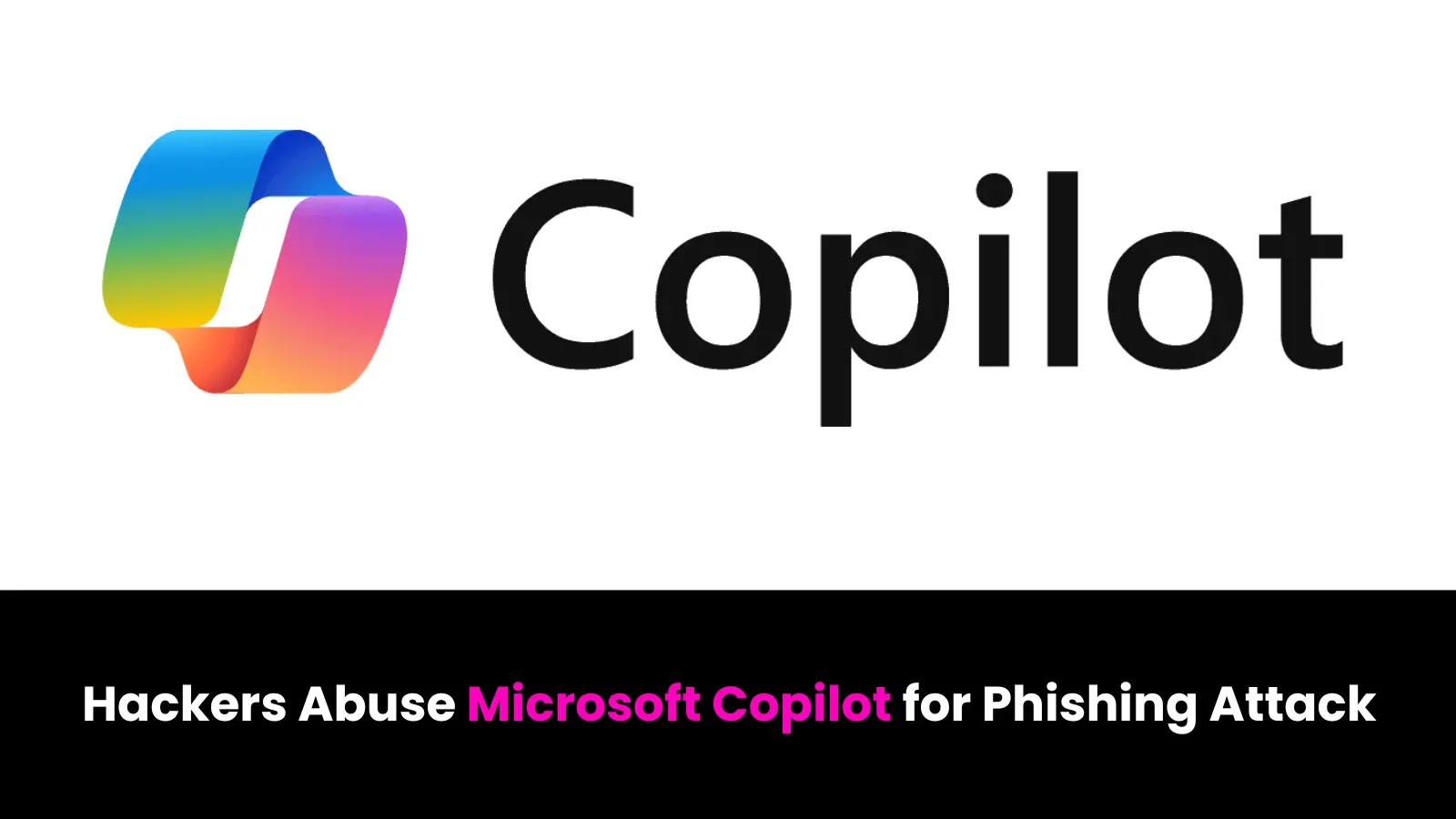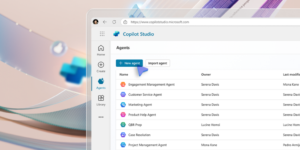Microsoft Copilot Exploited by Hackers in Advanced Phishing Scheme

Understanding Phishing Attacks Targeting Microsoft Copilot Users
As Microsoft Copilot becomes a key tool in workplace productivity, it has inadvertently attracted cybercriminals who are using it as a springboard for phishing scams. Since its launch in 2023, Microsoft Copilot has integrated seamlessly with Microsoft 365 applications, offering users an enhanced workflow and advanced AI support. However, as more organizations implement this tool, the risk of sophisticated phishing attacks grows.
The Phishing Landscape
Cybercriminals are honing their tactics to exploit the unfamiliarity of employees with new AI-driven tools like Microsoft Copilot. According to research from Cofense, there’s a surge in phishing emails that appear to come from a legitimate source, commonly seen as “Co-pilot.” These emails often seek to mimic authentic Microsoft communications.
Fake Invoices as a Bait
The phishing campaigns start with cleverly structured emails that usually contain fake invoices. As many employees may not have a frame of reference for what authentic Microsoft correspondence looks like, they are at risk of being deceived. The report highlights that when employees first use services like Copilot, they might not recognize that the formatting or appearance of these emails is a warning sign.
The Mechanics of the Attack
When employees engage with these phishing emails, they are typically prompted to click on a link that leads them to a webpage designed to look like the official Microsoft Copilot welcome page. These fake sites mirror legitimate Microsoft branding and interfaces, which adds to the deception.
- Questionable URLs: Although these pages look genuine, they often use unrelated domains, such as "ubpages.com," instead of official Microsoft URLs.
- Authentication Mimicking: Victims are then coerced into entering personal credentials through fake login forms that closely resemble Microsoft’s authentication process.
Warning Signs to Look For
Security analysts have identified certain characteristics typical of these phishing pages:
- Lack of "Forgot Password" Option: Most of these fraudulent sites do not provide a standard password recovery option, which is a red flag for credential harvesting attacks.
- Multi-Factor Authentication Trickery: After victims input their login credentials, they may be prompted with a fraudulent multi-factor authentication (MFA) page, steering them further into the trap as they wait for a legitimate verification process that never occurs.
Safeguarding Your Organization
To combat these evolving threats, organizations need to adopt robust security measures. Below are several strategies to protect against phishing attacks:
Utilize Security Tools
- Microsoft’s Spoof Intelligence Tool: This tool aids in identifying and managing spoofed senders, ensuring that while legitimate emails get through, potential threats are blocked.
Educate Employees
- Regular training sessions are essential. Employees must be educated on recognizing phishing attempts and understanding the normal formatting of company communications.
- Companies can share real-world scenarios showcasing phishing tactics to increase caution among staff.
The Ongoing Risk of Phishing
Reports indicate that some phishing attempts are already attempting to scam users by requesting $360 for Microsoft Copilot services, leveraging the recent popularity of the tool. In a landscape where traditional phishing tactics are enhanced by AI capabilities, organizations must remain vigilant.
According to Susan Warner, the vice president of marketing at Cofense, "Over 280 billion emails are sent daily… 90 percent of data breaches start with a malicious email." This statistic emphasizes the persistent threat of phishing as a major vector for cyber attacks.
Recognizing the methods used in these phishing attempts is vital for organizations to mitigate risks. By implementing effective protective measures, businesses can continue to enjoy the productivity benefits that Microsoft Copilot offers while safeguarding sensitive information against cyber threats.






